Craving a dessert that’s creamy, crunchy, and effortlessly elegant? The biscuit tortoni recipe is a classic Italian-American frozen treat that has stood the test of time. Known for its rich texture and almond-coconut topping, this no-bake dessert combines whipped cream, crushed cookies, and subtle vanilla flavors to create a perfectly chilled indulgence.
Often found on the menus of old-school steakhouses and vintage diners, biscuit tortoni evokes a sense of nostalgia with every bite. While it may sound fancy, the preparation is surprisingly simple—requiring just a few ingredients and a standard freezer. The mix of soft and crunchy textures makes it a delightful choice for entertaining guests or enjoying a quiet night in with a touch of vintage flair.
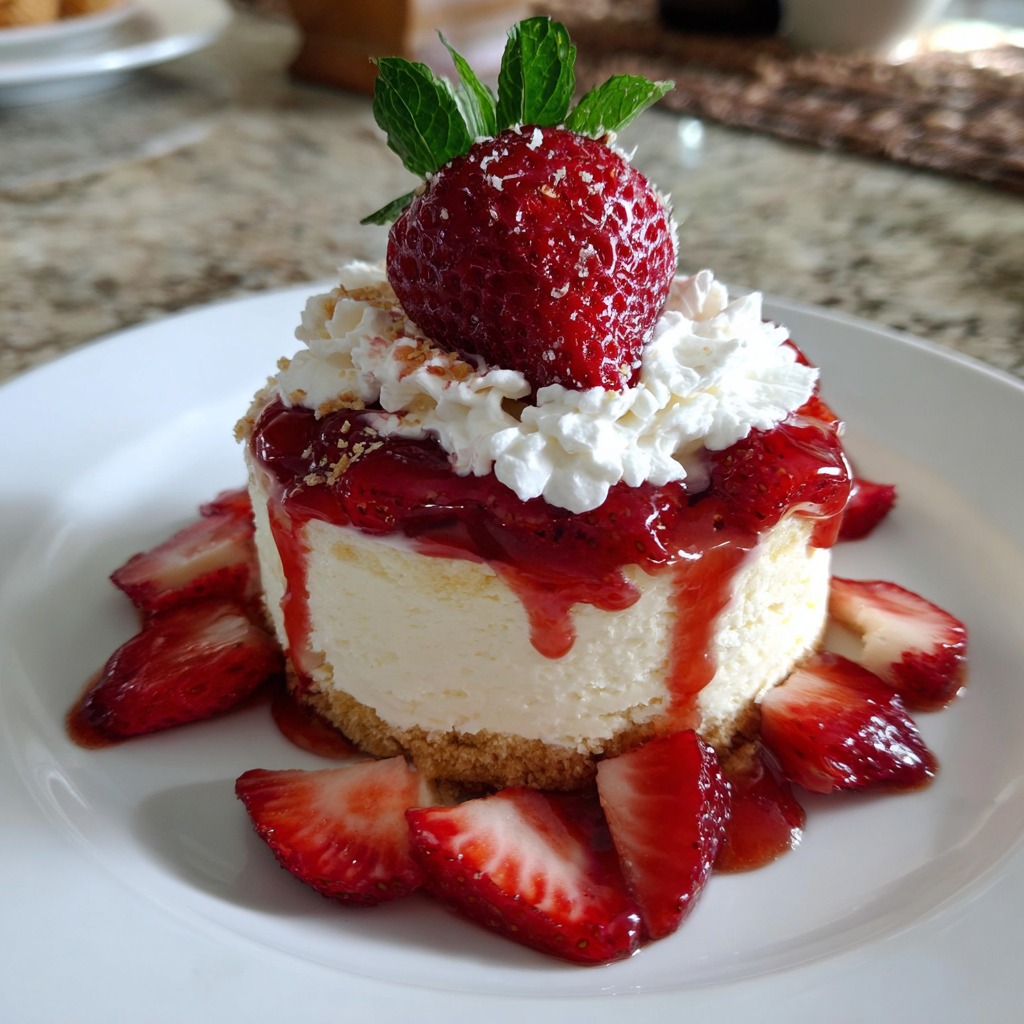
Whether you’re an experienced cook or a kitchen novice, this biscuit tortoni recipe is a must-try. It’s light yet satisfying, with just the right hint of sweetness to round off a meal. In this guide, we’ll walk you through the easy steps to recreate this timeless dessert at home, along with tips to customize it for your own twist.
- What Is Biscuit Tortoni?
- The History Behind Biscuit Tortoni
- Preparing the Perfect Crumbs
- Making the Cream Base
- Assembling the Tortoni
- Serving Tips
- Flavor Variations You Can Try
- Common Mistakes to Avoid
- Nutrition Overview
- The Nostalgic Power of Frozen Desserts
- Kid-Friendly & Family Versions
- Behind the Name: Who Was Giuseppe Tortoni?
- Expert Tips from Pastry Chefs
- How to Turn Biscuit Tortoni into a Frozen Cake
- From Vintage Menus to Modern Menus: Restaurant Comebacks
- Perfect Pairings for Different Occasions
- “Make It Mini”: The Art of Bite-Sized Tortoni
- How to Write a Family Recipe Card
- Biscuit Tortoni and Mental Wellness
- Creative Visual Presentation for Blogs or Instagram
- From Tortoni to Tiramisù: Other No-Bake European Legends
- Biscuit Tortoni Recipe From DishBloom!
- Conclusion
- FAQs: Biscuit Tortoni Recipe
- 📸 Share Your Twist!
What Is Biscuit Tortoni?
If you browse vintage American steak-house menus or leaf through 19th-century Italian cookbooks, you’ll eventually encounter biscuit tortoni. Technically a semifreddo (half-frozen mousse), it marries the silky lightness of whipped cream with the gentle chew of crushed macaroons or amaretti biscuits. Its origins are often traced to Giuseppe Tortoni, an Italian café owner in Paris circa the 1790s, whose ice-cream salon attracted artists, statesmen, and novelists alike. Over time, the dessert emigrated to the United States, adapting to local pantry staples—think shredded coconut and sweetened almonds—while keeping its signature creamy-crunchy contrast intact.
A traditional biscuit tortoni recipe is startlingly simple: no baking, no custard, no complicated churning just chilling. Whipped cream provides body; softly beaten egg whites supply airiness; crushed cookies bring character; a touch of sugar, vanilla, and perhaps a splash of maraschino liqueur finish the picture. Freeze it in paper cups, metal molds, or a loaf pan, unmold, garnish, and serve. That’s the magic that made “Tortoni” a household word in mid-century America and a nostalgic special on countless dessert trolleys.
Today’s versions range from strictly old-school to boldly adventurous matcha tortoni, espresso-soaked tortoni, even vegan cashew-cream tortoni but all share the same frozen-mousse DNA. Master the classic first, and creative riffs become effortless.
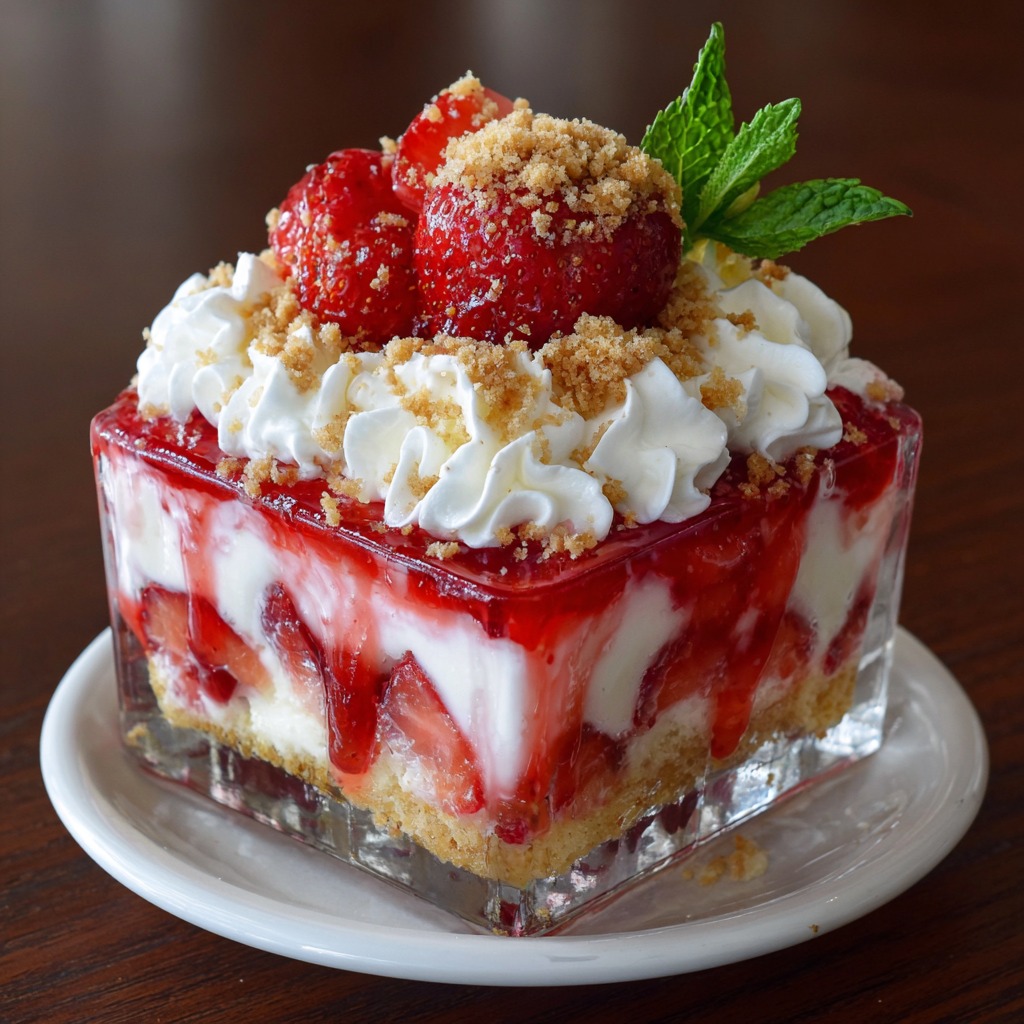
The History Behind Biscuit Tortoni
The origins of biscuit tortoni date back to the 1700s, named after Giuseppe Tortoni, an Italian café owner in Paris. His café became famous for serving frozen desserts, and over time, his name became synonymous with this particular icy creation. Originally made with eggs, cream, and biscuits (cookies), it was a luxury enjoyed by the elite and soon became a restaurant staple across Europe and America.
In the U.S., the dessert gained popularity in the mid-20th century, often appearing on steakhouse menus as a fancy end to a hearty meal. Its ability to be frozen and served in individual cups made it convenient and classy. Today, the biscuit tortoni recipe lives on in food blogs, vintage cookbooks, and modern reinterpretations.
Understanding the dessert’s legacy helps us appreciate not just its taste, but also its timelessness. It’s more than just a recipe—it’s a culinary heirloom.
Key Ingredients Explained
Let’s look at the core ingredients and how they contribute to the final texture and flavor of biscuit tortoni.
- Heavy Cream: The foundation of the mousse. It’s whipped to create volume and creaminess.
- Egg Whites: Lightens the dessert and gives it an airy lift when beaten into meringue.
- Sugar: Provides sweetness and helps stabilize the whipped cream and meringue.
- Crushed Biscuits: Usually amaretti, ladyfingers, or vanilla wafers. They add texture and flavor.
- Almonds & Coconut: These form the signature topping, adding crunch and nutty balance.
- Vanilla & Liqueur: Vanilla is essential for depth. Some versions include amaretto or rum for warmth and complexity.
Each of these ingredients plays a unique role. You can substitute or omit based on dietary needs, but keeping the core structure intact is key for success.
Equipment You’ll Need
Even though it sounds like a fancy dessert, biscuit tortoni requires only basic tools:
- Electric mixer (or hand whisk)
- Mixing bowls
- Spatula
- Measuring cups and spoons
- Muffin tin or ramekins
- Paper cupcake liners or silicone molds
- Freezer-safe tray
- Plastic wrap or lids
Optional: food processor (for crushing cookies) or zester (for citrus enhancements).
Preparing the Perfect Crumbs
The choice and texture of biscuits can make or break your tortoni.
Best biscuit options:
- Amaretti: Traditional almond flavor and crunch.
- Ladyfingers: Soft and slightly sweet.
- Vanilla wafers or graham crackers: More common in American-style tortoni.
Crush them into coarse sand—not powder. You want a mix of fine and rough bits for the best texture. Avoid overly soft cookies as they get mushy in the mix.
Toasting the crumbs briefly enhances their flavor and prevents sogginess after freezing.
Making the Cream Base
Start by whipping your chilled heavy cream until soft peaks form. Don’t overwhip—it should be smooth and hold its shape without turning buttery.
Add vanilla extract and, if desired, a splash of liqueur like amaretto. Fold in your cookie crumbs using a spatula, being gentle to maintain the cream’s volume.
This base is rich, sweet, and packed with flavor.

Making the Meringue
Beat egg whites in a clean, grease-free bowl. Start on low until foamy, then gradually add sugar and beat on high until stiff, glossy peaks form.
This step adds structure and lightness. If you’re concerned about raw eggs, use pasteurized egg whites or opt for a cooked meringue.
Once ready, gently fold the meringue into the whipped cream mixture. This step requires patience—overmixing will deflate the fluffiness.
Assembling the Tortoni
Spoon or pipe the mixture into prepared molds or cups. Fill them nearly to the top, leaving space for the topping.
Mix together toasted almond slivers and shredded coconut. Sprinkle generously on top of each filled mold, pressing lightly to help it stick.
Cover tightly with plastic wrap or lids and place them on a tray for freezing. Freeze for at least 4–6 hours, or overnight for best results.
Serving Tips
Before serving, remove the dessert from the freezer and let it sit at room temperature for 5 minutes.
If using paper liners, simply peel and serve. For ramekins, dip briefly in warm water and unmold gently.
Garnish with a cherry, mint leaf, or dusting of cocoa powder for extra flair. Serve with espresso or dessert wine for a complete experience.
Flavor Variations You Can Try
You can easily customize the biscuit tortoni recipe by changing a few elements:
- Chocolate Tortoni: Add cocoa powder or melted chocolate to the cream base.
- Coffee Tortoni: Add a shot of espresso or coffee extract.
- Fruit Tortoni: Swirl in strawberry purée, blueberry compote, or citrus zest.
- Nut-Free: Skip almonds and use toasted oats or graham cracker crumbs.
- Vegan: Use coconut cream, aquafaba for meringue, and plant-based cookies.
Experimenting is encouraged—just keep the core structure (cream + sugar + biscuit + freeze) consistent.
Common Mistakes to Avoid
- Over-whipping the cream: Causes graininess or separation when frozen.
- Crushing cookies too finely: Loses texture in the final dessert.
- Not folding gently: Collapses the air whipped into the mixture.
- Under-freezing: Leads to a mousse-like texture instead of a firm set.
- Freezer burn: Always wrap tightly to prevent ice crystals and off-flavors.
Being mindful of these small steps can dramatically improve your results.
Nutrition Overview
Here’s an approximate nutritional breakdown for a 100g serving:
- Calories: 300–350
- Fat: 25g
- Carbohydrates: 20g
- Protein: 4g
- Sugar: 18g
You can reduce calories by using light cream or sugar substitutes, but expect some changes in texture and flavor.
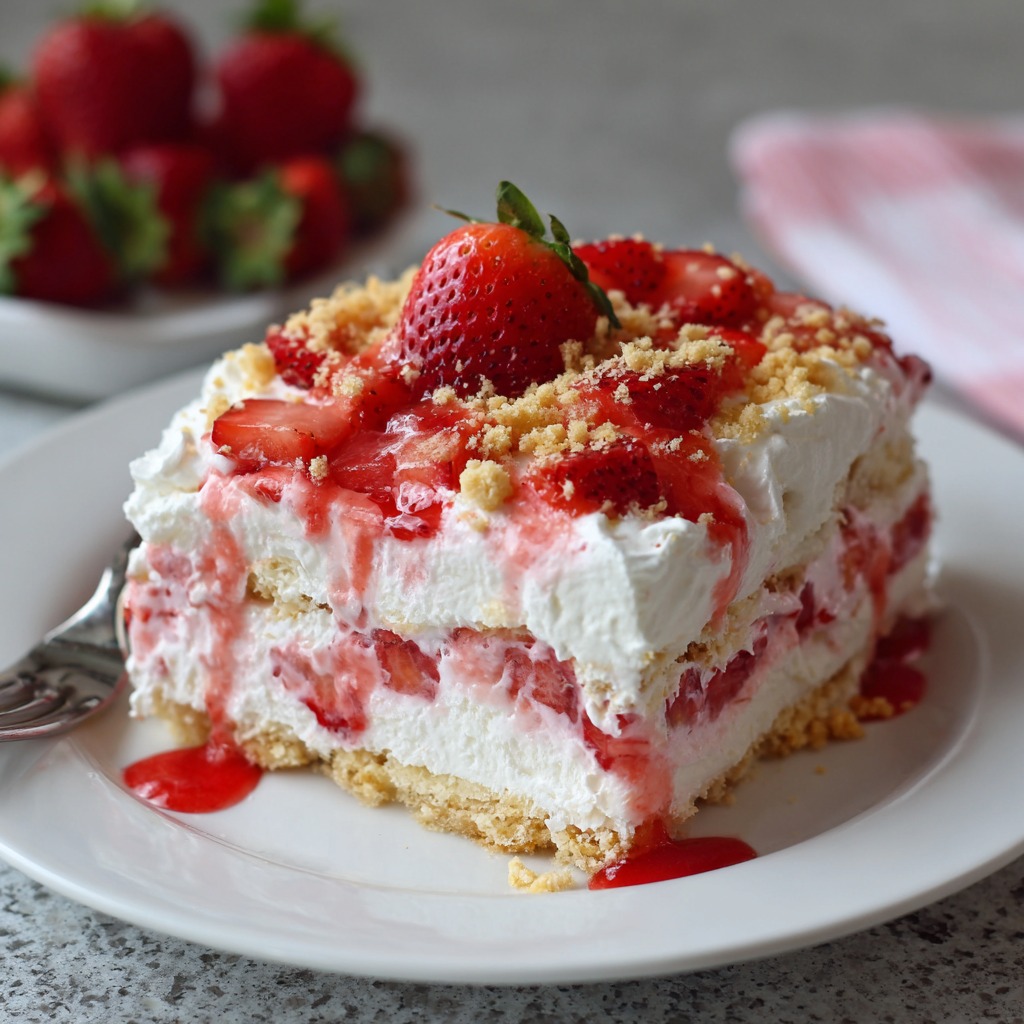
Storage & Make-Ahead Tips
Biscuit tortoni is the ideal make-ahead dessert:
- Freeze in individual servings or a large container.
- Keeps well for up to 2 weeks in an airtight container.
- Avoid refreezing once thawed.
To refresh toppings, sprinkle freshly toasted coconut or nuts before serving.
Best Pairings
Pair biscuit tortoni with:
- Espresso or strong coffee
- Sweet wines like Moscato or Port
- Fresh berries or fruit compote
- Chocolate sauce or caramel drizzle
It also works well as part of a larger dessert spread—mini versions are perfect for parties.
Cultural Significance
In America, biscuit tortoni gained iconic status in the 1950s and ’60s, appearing in restaurants and family cookbooks. It represents an era of elegant yet approachable desserts, blending European sophistication with American practicality.
Today, food enthusiasts are rediscovering it as a “retro revival” dish—perfect for nostalgic dinners or culinary storytelling.
Sustainability Notes
To make your dessert more eco-conscious:
- Use local cream or plant-based alternatives.
- Choose fair-trade vanilla and chocolate.
- Buy almonds and coconut in bulk to reduce packaging.
- Use reusable silicone molds instead of disposable liners.
These small changes help reduce waste without compromising flavor.
The Nostalgic Power of Frozen Desserts
Frozen desserts like biscuit tortoni aren’t just treats they’re time machines. For many, they bring back memories of family dinners, summer celebrations, and restaurant outings. The ritual of unwrapping a paper-lined tortoni cup, digging into the creamy top, and discovering the crunch of almond and cookie underneath is etched in the hearts of generations.
The appeal of biscuit tortoni goes beyond taste it’s about tradition, presentation, and comfort. While today’s desserts lean heavily on flair and fusion, biscuit tortoni grounds us with its simplicity and elegance. It’s a dessert that respects time, freezing beautifully overnight, rewarding patience with every bite.
Bringing it back to the modern kitchen isn’t just about reviving a recipe—it’s about reviving the joy of making and sharing desserts with history.
Kid-Friendly & Family Versions
If you’re looking to make this dessert family-friendly, there are easy ways to adapt it:
- Skip the alcohol entirely or replace with a few drops of vanilla or almond extract.
- Use crushed digestive biscuits or graham crackers, which are milder and loved by kids.
- Make mini tortoni bites in mini muffin tins for portion control and fun-sized servings.
- Let children decorate with sprinkles, mini chocolate chips, or crushed cereal on top.
Involving children in spooning the mix, crushing cookies, and sprinkling the topping adds fun and helps them learn kitchen skills without involviBiscuit Tortoni Around the World
While biscuit tortoni is rooted in Italian and French tradition, its spirit appears in various global cuisines:
- India has kulfi with similar creamy textures, often infused with saffron or cardamom.
- Japan’s matcha ice creams have a similar richness with a distinctive tea bitterness.
- Mexico’s tres leches desserts offer a milky softness and sweet creaminess akin to tortoni.
- Middle Eastern desserts use rose water, pistachio, and clotted cream to deliver fragrant, frozen bites.
These international inspirations can be used to spin your own culturally inspired tortoni—think rose pistachio tortoni, mango-cardamom tortoni, or matcha-white chocolate Hosting with Biscuit Tortoni: Plating Ideas
Presentation can elevate the experience. Here are stylish plating options:
- Classic Cups: Serve in pastel-striped paper cups on vintage trays.
- Elegant Glassware: Spoon into chilled martini or coupe glasses, top with gold leaf or edible flowers.
- Loaf Slices: Unmold a frozen loaf, slice cleanly with a hot knife, and serve with fruit coulis.
- Dessert Flight: Offer 3 mini tortonis—classic almond, espresso, and raspberry swirl—on a rectangular plate.
You can even pair it with a mini biscotti stick or a thin tuile for crunch and con

Behind the Name: Who Was Giuseppe Tortoni?
Though little is documented about Giuseppe Tortoni, he was an Italian who opened the famous Café Tortoni in Paris in the late 1700s. Known for innovating ice cream treats, he elevated frozen desserts from novelty to luxury. His name became synonymous with quality and refinement, much like how we use “crêpes Suzette” or “beef Wellington” today.
Café Tortoni attracted poets, artists, and thinkers—its legacy is a testament to how food and culture intertwine. Making biscuit tortoni today continues that legacy, even if we’re doing it from a home ki
Expert Tips from Pastry Chefs
Here are expert insights from pastry chefs and culinary instructors to perfect your biscuit tortoni:
- Chill your tools: A cold mixing bowl and whisk help the cream whip faster and hold better structure.
- Use fine sugar in meringue: It dissolves easier, giving a silkier texture.
- Layer textures: Don’t just sprinkle toppings try layering crumbs halfway for depth.
- Temperature contrast: Serve with a warm sauce (like berry coulis or chocolate drizzle) for a stunning hot-cold combo.
- Use a kitchen scale: For best results, measure your ingredients by weight.
Biscuit Tortoni for Special Diets
Want to accommodate specific dietary needs? Here are some tailored ideas:
- Keto Biscuit Tortoni: Use monk fruit or erythritol sweetener, almond flour cookies, and heavy cream. Skip coconut if desired.
- Dairy-Free Tortoni: Use coconut cream or soy-based whipped topping. Ensure cookies are non-dairy.
- Egg-Free: Use aquafaba (chickpea water) whipped into meringue-like texture as a substitute.
- Low-Sugar: Use stevia or a mix of erythritol and xylitol, and minimal dried fruit for flavor bursts.
Taste and texture will differ slightly but still deliver that satisfying creamy feel.
Reader-Inspired Flavor Ideas
Here are some popular ideas shared by dessert lovers across the web:
- Peanut Butter-Chocolate Tortoni: Crushed peanut butter cookies with cocoa whipped cream.
- Cherry Almond Tortoni: Fold in dried cherries, cherry essence, and use almond extract.
- Tiramisu Tortoni: Blend in mascarpone cheese and espresso powder, topped with cocoa dust.
- Lemon-Basil Tortoni: Add lemon zest and chopped fresh basil for a herbal, summery profile.
Encourage readers to experiment and share their twist, creating community around the recipe.
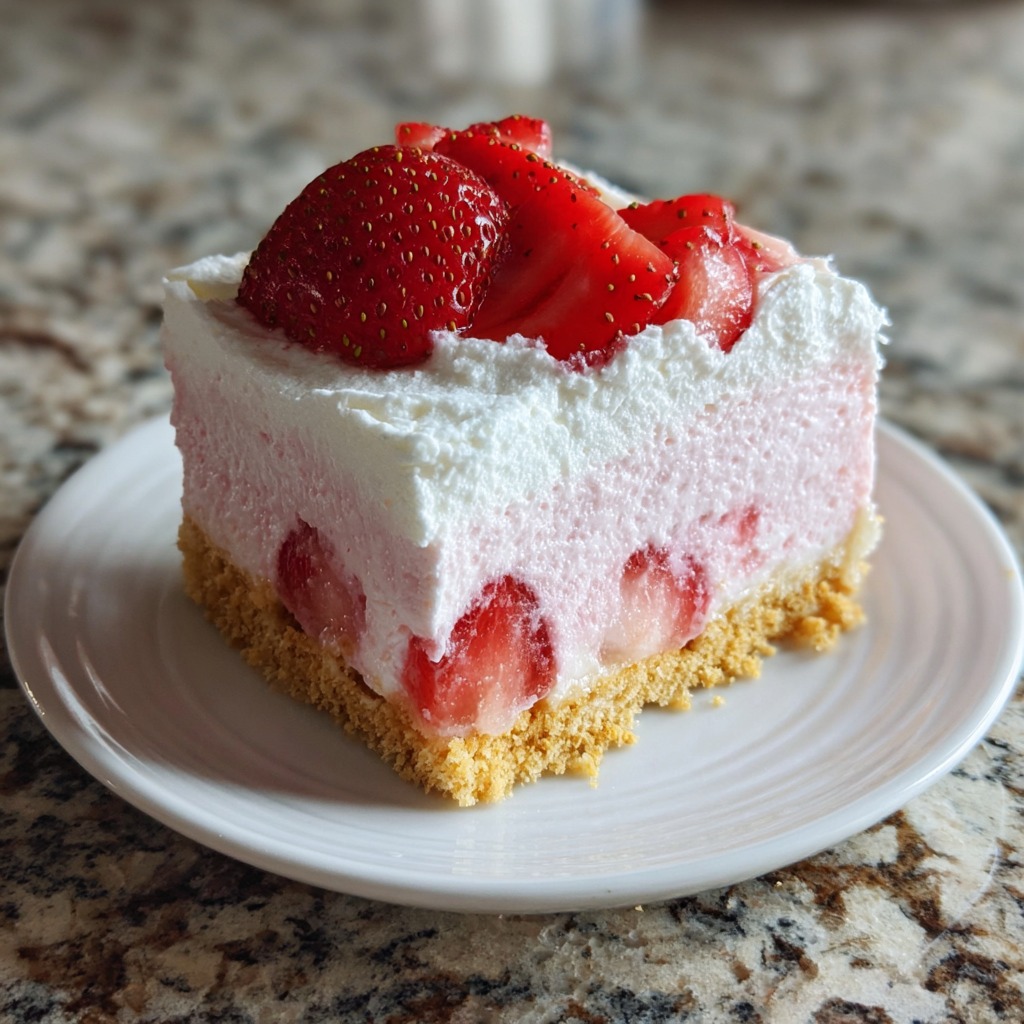
The Texture Science Behind Biscuit Tortoni
What makes biscuit tortoni uniquely satisfying is its textural contrast. Let’s break it down:
- Creaminess from whipped cream and meringue creates a mousse-like base.
- Crunch from toasted coconut, nuts, and cookie crumbs introduces chewiness and contrast.
- Cold temperature firms the dessert but doesn’t freeze it rock-solid this is due to sugar, alcohol (optional), and fat content, which all lower the freezing point.
Compared to ice cream, tortoni isn’t churned. There’s no air mechanically added just the air beaten into cream and egg whites. This makes it denser and silkier than traditional ice cream, yet still light. Understanding this will help you appreciate how each step (like not over-whipping or deflating the meringue) protects this signature mouthfeel.
How to Turn Biscuit Tortoni into a Frozen Cake
Want to wow guests at your next event? Transform the traditional recipe into a frozen cake:
- Line a springform pan with parchment.
- Layer cookie crumbs at the base (optional).
- Pour half of the tortoni mixture.
- Add a thin layer of fruit preserves, ganache, or cookie crumbles.
- Add remaining mixture, level the top.
- Freeze overnight. Unmold and top with toasted coconut, chocolate shavings, or fresh fruit.
This turns biscuit tortoni into a centerpiece-worthy showstopper, perfect for birthdays, anniversaries, or dinner parties.
From Vintage Menus to Modern Menus: Restaurant Comebacks
Biscuit tortoni was once a menu staple at high-end steakhouses and Italian-American restaurants. Here’s how it’s making a comeback:
- Retro appeal: Diners are nostalgic for “forgotten” desserts.
- Low-labor cost: Prep-ahead dishes like tortoni are ideal for restaurant kitchens.
- Customization: Chefs today serve tortoni in innovative forms—frozen layers, plated semifreddos, or torched with brûléed tops.
If you run a bakery, café, or food blog, offering biscuit tortoni (in individual jars, for example) could be a strategic, low-cost premium dessert option.
Perfect Pairings for Different Occasions
Romantic Dinner
- Serve tortoni with a drizzle of raspberry coulis and a glass of chilled rosé.
- Add edible petals or gold flakes for elegance.
Summer BBQ
- Offer in paper cups with wooden spoons.
- Flavor with tropical fruits like pineapple or mango.
Holiday Table
- Mix in candied chestnuts or cranberry jelly.
- Serve alongside mulled wine or eggnog.
Kids’ Party
- Use fun molds (stars, hearts).
- Offer toppings like rainbow sprinkles, crushed Oreos, or mini marshmallows.
This versatility is one reason the biscuit tortoni recipe remains a hidden gem in the dessert world.
“Make It Mini”: The Art of Bite-Sized Tortoni
Mini biscuit tortoni is trending for buffet spreads and catering events. Here’s how to do it right:
- Use mini cupcake liners or silicone molds.
- Pipe tortoni mixture with a decorative tip for a clean look.
- Sprinkle tiny toppings (like chopped pistachios, edible glitter, or micro chocolate chips).
- Freeze and serve with tiny spoons or tasting forks.
This approach is great for weddings, corporate events, or high-end tastings—bite-sized luxury!
How to Write a Family Recipe Card
Want to pass the biscuit tortoni recipe down to your children or loved ones?
Include:
- Title
- Personal memory (“This was Grandma’s favorite 1950s dessert…”)
- Servings and tools required
- Ingredients with measurements
- Step-by-step instructions in bullet format
- Optional notes (“Use amaretti if you want more almond flavor.”)
Decorate with old family photos or vintage kitchen illustrations. Laminate or store in a recipe box. A sweet way to preserve tradition.
Biscuit Tortoni and Mental Wellness
Believe it or not, classic desserts like this can also support emotional well-being:
- Ritual cooking: Repeating steps like folding, whipping, and freezing can be calming and meditative.
- Sharing: Preparing biscuit tortoni with family or friends strengthens connection.
- Memory triggers: The familiar textures and flavors may evoke positive memories, boosting mood.
In times of stress, returning to heritage recipes like biscuit tortoni can offer grounding, joy, and comfort.
Creative Visual Presentation for Blogs or Instagram
If you’re a food blogger or content creator, here are some stunning visual ideas:
- Flat lay: Arrange ingredients (cream, eggs, biscuits, coconut) with the final dessert on a marble surface.
- Before & after: Show the whipped cream and meringue separately, then together.
- Frozen bite close-up: Capture a spoon lifting the tortoni to show layers and texture.
- Vintage vibe: Use doilies, glass ramekins, and retro silverware for that 1950s look.
Use hashtags like #FrozenDessert, #BiscuitTortoni, and #RetroDesserts to boost visibility.
From Tortoni to Tiramisù: Other No-Bake European Legends
Love biscuit tortoni? Here are some no-bake classics from across Europe:
- Tiramisù (Italy): Espresso-soaked ladyfingers layered with mascarpone and cocoa.
- Charlotte Royale (France): Rolled sponge cake slices lined in a bowl and filled with mousse.
- Trifle (UK): Layers of custard, cake, jelly, and cream in a glass bowl.
Try merging ideas what about Tortoni Tiramisu? Add espresso, cocoa, and mascarpone for a twist on two legends.
Biscuit Tortoni Recipe From DishBloom!
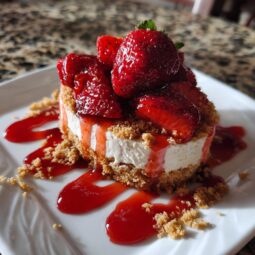
Biscuit Tortoni Recipe
Equipment
- Mixing bowls (2)
- Hand or stand mixer
- Balloon whisk or electric beaters
- Rubber spatula
- Measuring Cups & Spoons
- Food processor or rolling pin (to crush cookies)
- Muffin tin, ramekins, or loaf pan
- Cupcake liners or parchment paper
- Freezer-safe tray
- Plastic wrap or container lid
Ingredients
- 2 cups heavy cream cold
- 3 large egg whites room temperature
- ⅓ cup granulated sugar for meringue
- 1 cup crushed amaretti or vanilla wafers
- 1 tsp pure vanilla extract
- 2 tbsp amaretto or dark rum optional
- ½ cup sliced almonds toasted
- ¼ cup sweetened shredded coconut toasted
- 1 tbsp superfine sugar for topping
Instructions
- Toast the Topping: Toast the almonds and shredded coconut at 325°F (160°C) for 5–7 minutes until lightly golden. Let cool. Mix with superfine sugar and set aside.
- Whip the Cream: In a chilled bowl, whip the heavy cream until soft peaks form. Add vanilla and optional liqueur. Gently fold in the crushed cookies.
- Prepare the Meringue: In a clean, grease-free bowl, beat egg whites until foamy. Gradually add granulated sugar and beat until stiff, glossy peaks form.
- Combine Mixtures: Gently fold the meringue into the whipped cream mixture in three parts, preserving airiness.
- Fill and Freeze: Spoon or pipe mixture into lined molds or ramekins. Sprinkle topping mix over each. Cover and freeze for at least 4–6 hours, preferably overnight.
- Serve: Let sit at room temp for 5 minutes before serving. Garnish with a cherry or chocolate shavings if desired.

Notes
- Use pasteurized egg whites for safety or replace with aquafaba for egg-free version.
- Store covered in the freezer for up to 2 weeks.
- For vegan version, use whipped coconut cream and non-dairy cookies.
- Can be made as a full frozen loaf cake and sliced to serve.
- Make mini versions using mini muffin tins for party-friendly servings.

Conclusion
Biscuit Tortoni is more than just a frozen dessert it’s a celebration of tradition, texture, and simplicity. With its roots in European café culture and its popularity in vintage American kitchens, this recipe carries a timeless charm that appeals to all generations. Whether you serve it in paper cups, elegant ramekins, or transform it into a frozen cake, the result is always creamy, crunchy, and refreshingly satisfying.
What sets the biscuit tortoni recipe apart is its adaptability. You can keep it classic with crushed amaretti and toasted coconut, or reinvent it with espresso swirls, fruit purée, or chocolate chips. It fits every occasion from Sunday dinners to wedding banquets and requires no baking, no stress, and minimal cleanup. Its make-ahead nature also makes it a reliable, fuss-free option for hosts who want to impress without being stuck in the kitchen.
So whether you’re honoring a family tradition, exploring vintage recipes, or just craving something cold and comforting, biscuit tortoni is the perfect choice. Simple to make, beautiful to serve, and endlessly customizable it’s a dessert that proves sometimes the old favorites are the best ones. Try it once, and it just might become a staple in your own kitchen legacy.
FAQs: Biscuit Tortoni Recipe
Frequently Asked Questions about Biscuit Tortoni
What is the origin of Biscuit Tortoni?
It originated from an Italian café in 18th-century Paris and was named after the café owner “Tortoni”.
Can Biscuit Tortoni be made without eggs?
Yes, a quick version uses heavy cream and instant vanilla pudding mix without any eggs.
How long should Biscuit Tortoni be frozen?
It should be frozen for at least 5 hours or preferably overnight for best texture.
📸 Share Your Twist!
Did you try this biscuit tortoni recipe with your own creative spin? Maybe you added espresso, folded in berries, or made a vegan version? We’d love to see how you made it your own!
💬 Tag us on social media using #MyTortoniTwist or leave a comment below sharing your unique version.
✨ Your creativity might just inspire the next dessert lover to try something new!


